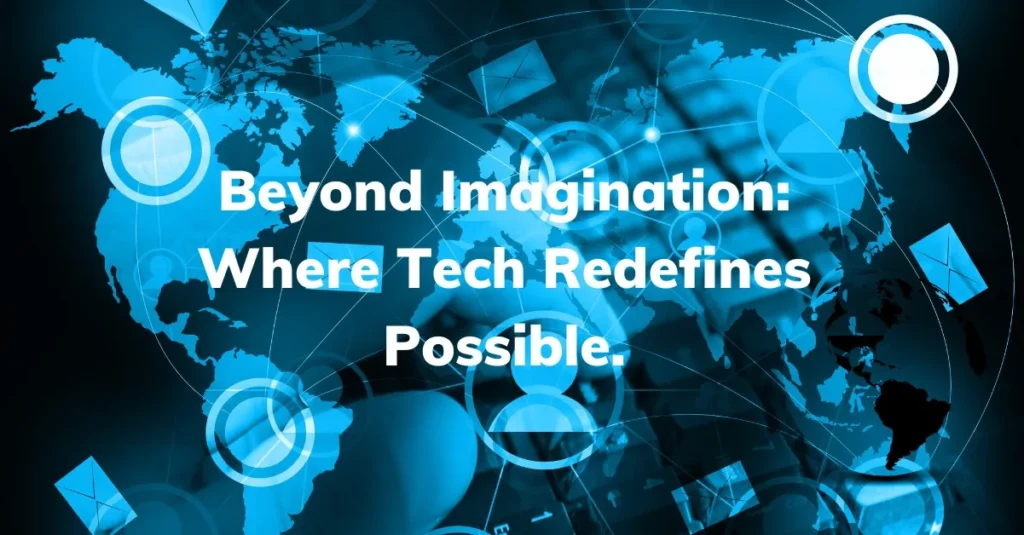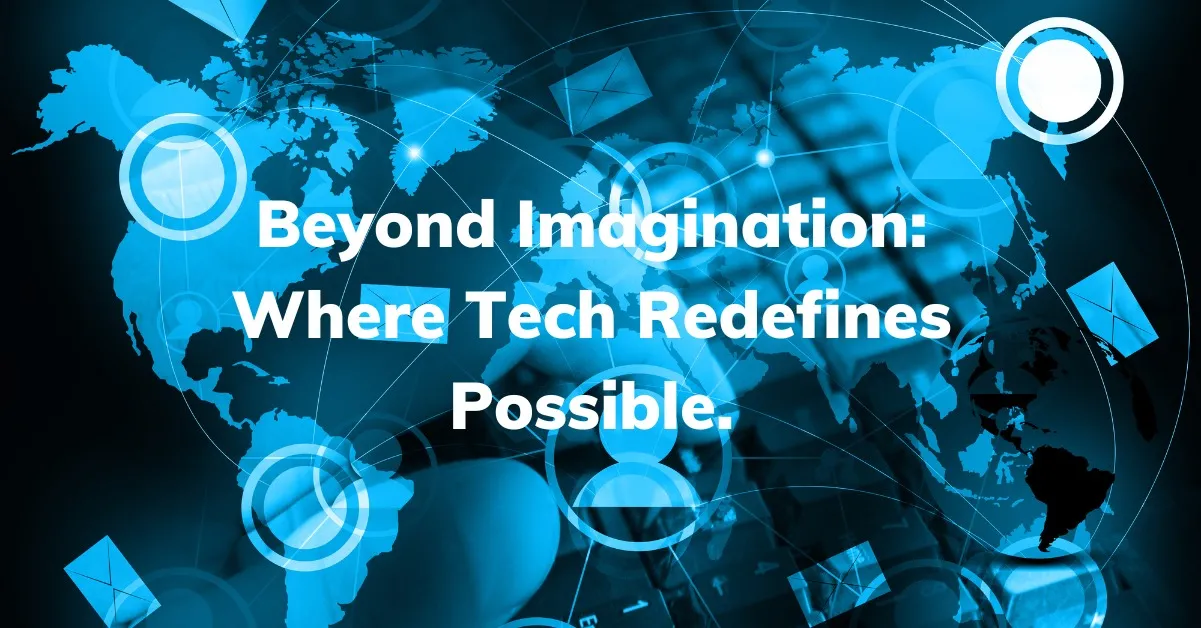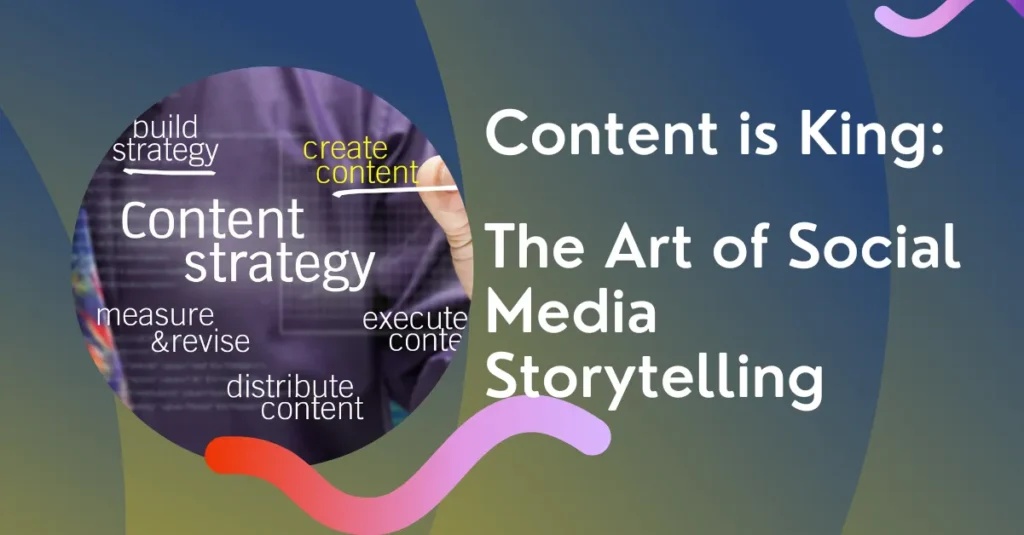Technology and Innovation: Welcome to new readers and welcome back, my friends, to my digital sanctuary! Whether you’re embarking on this journey with us for the first time or a cherished part of our growing community, your presence adds a unique vibrancy to our collective exploration of innovation, wellness, and nutrition.
-
Latest Trends In Technology And Innovation
- Technology And Innovation - Case Studies:
- Role of Innovation:
-
Impact of AI, IoT, and Blockchain:
- 1. Healthcare Revolution: The AI-Powered Early Cancer Detection
- 2. Sustainable Solutions: Vertical Farming with IoT and Automation
- 3. Transforming Finance: Algorithmic Trading and High-Frequency Trading (HFT)
- 4. The Future of Manufacturing: Tesla's Gigafactories and Integrated Automation
- 5. Reshaping Communication and Connection: TikTok's Algorithm and Personalized Content Delivery
Latest Trends In Technology And Innovation
In innovation, we constantly push the boundaries of what’s possible. We believe in the power of fresh ideas and the transformative potential of technology and creativity. Our latest blog post delves into the newest trends and groundbreaking advancements shaping our future.
It’s not just about the tech; it’s about how these advancements enhance our lives, streamline our daily routines, and open up exciting new avenues for personal and professional growth.
Wellness – Taking Care Of Our Mental And Physical Health
Speaking of enhancement, let’s talk about wellness. In today’s fast-paced world, taking care of our mental and physical health is more crucial than ever. Our blog doesn’t just scratch the surface; we delve into holistic approaches that cater to your overall well-being.
From mindfulness practices that center your mind and soul to fitness tips that invigorate your body, our content is crafted with your utmost well-being in mind.
We explore how the equilibrium of mind, body, and spirit is critical to a fulfilled and balanced life.
Redefine What’s Possible With Technology And Innovation
Now, let’s whet your appetite with our nutrition insights. They say, “You are what you eat,” and we couldn’t agree more! Our latest post is a treasure trove of nutritional wisdom, serving delicious, healthy recipes and evidence-based dietary advice.
It’s not just about eating right; it’s about understanding the science behind your food choices and how they influence your health, mood, and energy levels. Whether a culinary novice or a seasoned foodie, our blog is your go-to guide for making informed, tasty, and health-conscious food decisions.
Technology And Innovation – Case Studies:
In technological innovation, case studies serve as compelling narratives that showcase various technologies’ real-world applications and impact. Examining successful case studies provides invaluable insights into how businesses leverage technology to solve problems, streamline operations, and drive growth. Let’s delve into a couple of noteworthy examples:
Role of Innovation:
Technology and Innovation serve as the driving force behind technological advancements, fueling progress and enabling businesses to stay competitive. By fostering a culture of innovation, companies can:
- Identify market opportunities and anticipate customer needs.
- Develop groundbreaking solutions to complex problems.
- Adapt to changing market dynamics and emerging trends.
- Improve operational efficiency and drive growth.
Impact of AI, IoT, and Blockchain:
AI: AI-powered systems enhance productivity, enable personalized experiences, and optimize decision-making processes. AI is transforming businesses across sectors from virtual assistants to predictive analytics tools.
IoT: IoT devices are revolutionizing industries by enabling real-time data monitoring, predictive maintenance, and remote management capabilities. Smart cities, connected healthcare devices, and industrial IoT solutions are examples of IoT applications driving efficiency and innovation.
Blockchain: Blockchain technology is disrupting traditional industries by providing secure, transparent, and decentralized solutions for data management, supply chain tracking, and financial transactions. Smart contracts and decentralized finance (DeFi) platforms are examples of blockchain innovations with significant potential.
Here are some concrete case studies illustrating the power of technology and innovation across different sectors, expanding on the points made earlier:
1. Healthcare Revolution: The AI-Powered Early Cancer Detection
- Core Innovation: Artificial Intelligence (AI) and Machine Learning algorithms applied to medical imaging (e.g., mammograms, CT scans).
- Context: Traditional cancer detection methods through imaging rely heavily on radiologists’ expertise. These methods can be time-consuming and prone to human error, especially in subtle cases. Early detection is crucial for improving patient outcomes.
- Implementation: Companies like Google Health and various medical technology startups have developed AI algorithms trained on vast datasets of medical images with confirmed diagnoses. These algorithms can identify patterns and anomalies that the human eye might miss. In some cases, the AI acts as a “second opinion” or even a primary screening tool, flagging suspicious areas for further review by a radiologist.
- Outcomes:
- Increased Accuracy: Studies have shown AI algorithms can improve the accuracy of cancer detection, leading to fewer false positives and negatives.
- Earlier Detection: AI can identify subtle indicators of cancer at earlier stages, when treatment is more likely to be successful.
- Increased Efficiency: AI can process images much faster than humans, reducing the workload on radiologists and potentially shortening wait times for results.
- Improved Accessibility: AI-powered tools can be deployed in areas without specialized radiologists, improving access to quality screening.
- Key Learnings: This case demonstrates how AI can augment human capabilities and significantly improve healthcare outcomes when applied to a well-defined problem with large datasets. It highlights the importance of collaboration between technology developers and medical professionals.
2. Sustainable Solutions: Vertical Farming with IoT and Automation
- Core Innovation: Vertical farming combined with Internet of Things (IoT) sensors, data analytics, and automated systems.
- Context: Traditional agriculture faces land scarcity, water shortages, pesticide use, and transportation emissions. There’s a growing need for more sustainable and localized food production.
- Implementation: Companies like Plenty and AeroFarms have developed sophisticated vertical farms – indoor facilities where crops are grown in vertically stacked layers. IoT sensors continuously monitor environmental factors like temperature, humidity, light, and nutrient levels. This data is analyzed using AI algorithms to optimize growing conditions. Automated systems control irrigation, lighting, and harvesting, minimizing human intervention and resource waste.
- Outcomes:
- Increased Yields: Vertical farms can produce significantly higher yields per square foot than traditional farming.
- Reduced Water Consumption: Closed-loop systems in vertical farms can reduce water usage by up to 95%.
- Elimination of Pesticides: Controlled indoor environments minimize the need for pesticides and herbicides.
- Localized Production: Vertical farms can be located in urban areas, reducing transportation costs and emissions, and ensuring fresher produce.
- Year-Round Production: Indoor farming is not subject to seasonal variations or weather conditions.
- Key Learnings: This case illustrates how integrating multiple technologies (IoT, AI, automation) can create innovative solutions for critical global challenges like food security and environmental sustainability.
3. Transforming Finance: Algorithmic Trading and High-Frequency Trading (HFT)
- Core Innovation: Sophisticated algorithms and high-speed computing infrastructure for automated trading in financial markets.
- Context: Traditional trading involved human brokers making decisions based on market analysis and intuition. The increasing volume and speed of transactions created opportunities for automated systems to react faster and execute trades more efficiently.
- Implementation: Financial institutions and specialized trading firms develop complex algorithms that analyze market data, identify trading opportunities based on pre-defined rules, and execute trades automatically at extremely high speeds. This often involves the co-location of servers near exchange matching engines to minimize latency.
- Outcomes:
- Increased Liquidity: HFT can contribute to market liquidity by rapidly buying and selling securities.
- Reduced Transaction Costs: Automation can lower the cost of executing trades.
- Faster Price Discovery: Algorithms can react to new information and adjust prices more quickly.
- However, potential risks, such as “Flash crashes” and increased market volatility, have been linked to the rapid and complex nature of HFT algorithms. Regulatory scrutiny is significant.
- Key Learnings: This case demonstrates how advanced computing power and sophisticated algorithms can fundamentally alter established industries like finance. It also highlights the importance of understanding and managing the potential risks associated with such disruptive technologies.
4. The Future of Manufacturing: Tesla’s Gigafactories and Integrated Automation
- Core Innovation: Large-scale, highly automated manufacturing facilities (Gigafactories) for electric vehicles and batteries, integrating robotics, AI-powered quality control, and streamlined supply chains.
- Context: Traditional automotive manufacturing involves complex, often fragmented supply chains and labor-intensive assembly processes. A radical rethinking of manufacturing was required to achieve mass production of electric vehicles at competitive prices.
- Implementation: Tesla has built massive “Gigafactories” that aim to integrate the production of batteries and vehicles vertically. These facilities utilize thousands of robots for welding, painting, and assembly, controlled by sophisticated software and AI systems for quality control and process optimization. They also focus on streamlining the supply chain and bringing more component manufacturing in-house.
- Outcomes:
- Increased Production Efficiency: Automation allows for faster and more consistent production rates.
- Reduced Costs: Streamlined processes and vertical integration aim to lower manufacturing costs.
- Improved Quality Control: AI-powered vision systems can more accurately identify defects than human inspectors.
- Scalability: The Gigafactory model is designed to rapidly scale production to meet growing demand.
- Key Learnings: This case showcases how a holistic approach to innovation, encompassing product design, manufacturing processes, and supply chain management, can disrupt a traditional industry.
5. Reshaping Communication and Connection: TikTok’s Algorithm and Personalized Content Delivery
- Core Innovation: A highly sophisticated recommendation algorithm that personalizes the content feed (“For You Page”) based on user behavior, preferences, and interactions.
- Context: Traditional social media platforms often relied on users actively following accounts to curate their feeds. TikTok aimed to create a more engaging and personalized experience by proactively serving content that users would likely enjoy.
- Implementation: TikTok’s algorithm analyzes a vast array of user data, including watch time, likes, shares, comments, content creation, and even subtle cues like how long a user hovers over a particular video. This data predicts individual user preferences and delivers a continuously evolving stream of relevant content, even from accounts users don’t follow.
- Outcomes:
- High User Engagement: The highly personalized feed leads to significantly longer user session times than other platforms.
- Rapid Content Virality: The algorithm can quickly identify and amplify trending content, leading to viral sensations.
- Democratization of Content Creation: Users with small followings can have their content reach a large audience based on its appeal to the algorithm.
- However, also concerns: Algorithmic bias, the spread of misinformation, and potential negative impacts on mental health are ongoing concerns.
- Key Learnings: This case highlights the power of data-driven algorithms to create highly engaging user experiences and disrupt established social media norms. It also underscores the ethical considerations that arise with such powerful technologies.
These concrete examples demonstrate the diverse ways technology and innovation are being applied across various industries, driving significant changes and offering valuable lessons for the future. They showcase the potential to solve complex problems, create new opportunities, and reshape our world.
As we’ve explored, the journey of Technology and Innovation is an endless frontier, constantly pushing the boundaries of what’s possible. We’ve seen how breakthroughs transform industries, connect global communities, and offer solutions to some of humanity’s most pressing challenges. From artificial intelligence to sustainable energy, the rapid pace of Technology and Innovation isn’t just changing how we live and work; it’s reshaping our very perception of the future.
This era is defined by unprecedented potential. It’s a call to embrace curiosity, foster collaboration, and never stop questioning the status quo. The true power of Technology and Innovation lies not just in the gadgets and algorithms, but in our collective ability to envision, create, and adapt.
As we look ahead, remember that the most astonishing advancements are often born from a willingness to dream beyond what currently exists. Let’s continue to harness this incredible power to build a future that truly exceeds all imagination.





